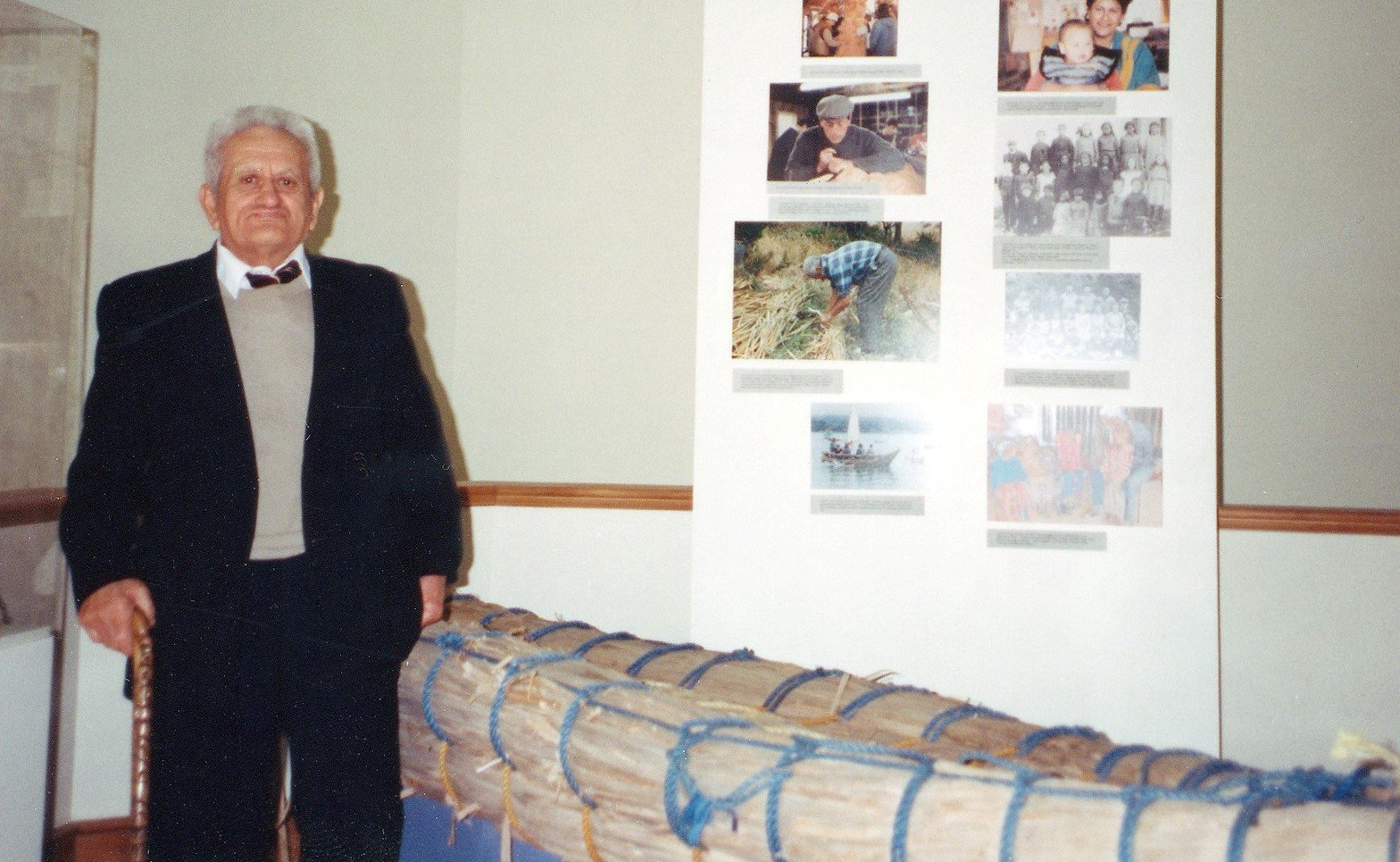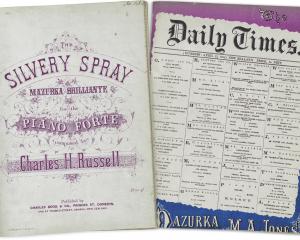
Reed waka were essential for life in the south, writes Seán Brosnahan.
One of the distinctive lifeways of southern Māori was their use of reed watercraft - mōkihi - to traverse their vast tribal rohe with its many braided rivers and other interior waterways.

These easily constructed vessels were a very practical response to the challenge posed by water for a people whose seasonal food harvesting - the mahika kai round - necessitated frequent travel. When colonial settlers faced the same challenge, they too used ‘‘moggies’’ in the early days before bridges and punts were developed.
Nathanael Chalmers, for example, was the first European to sight Lake Wakatipu on one of the few missions of exploration into the interior by the Scottish pioneers. He recounted that when he fell ill from the arduous cross-country travel near the future site of Cromwell, his two Māori guides, the chiefs Reko and Kaikoura, quickly made up a mōkihi and rafted him down the swift-flowing Clutha Mata-au.
‘‘I could hardly credit our speed,’’ recalled Chalmers. ‘‘When we came to the gorge a little below Cromwell and below the junction of the Kawerau (sic), my heart was literally in my mouth, but these two old men seemed to care nothing for the current.’’ Perhaps we could class Chalmers as the first Otago tourist to go whitewater rafting?

Our earliest example is a small model made by Tieke (Jack) Pukurākau (1848-1925) in the 1920s. His profile in Tangata Ngāi Tahu: People of Ngāi Tahu (2017) records that Tieke was ‘‘an expert at constructing mōkihi’’ and ‘‘is regarded as the last master mōkihi navigator of the Waitaki River’’.
The profile quotes Sandy Te Maiharoa acknowledging these skills in the 1930s: ‘‘Old Jack was a wizard at steering and could wriggle a course through roots, snags, trees, rocks or shingle beds that in the case of a less skilful steerer would have cut the flax underneath the raft and so ripped up its bottom so that it would break up.’’

His intimate knowledge of the river is evident in the detailed lists he supplied to Beattie, recording over 100 names for significant features along its course.
Toitū’s mōkihi model is believed to be the last one Tieke made.
• Sean Brosnahan is a curator at Toitū Otago Settlers Museum.

![‘‘Neil’s Dandelion Coffee’’. [1910s-1930s?]. EPH-0179-HD-A/167, EPHEMERA COLLECTION, HOCKEN...](https://www.odt.co.nz/sites/default/files/styles/odt_landscape_small_related_stories/public/slideshow/node-3436487/2025/09/neils_dandelion_coffee.jpg?itok=fL42xLQ3)









